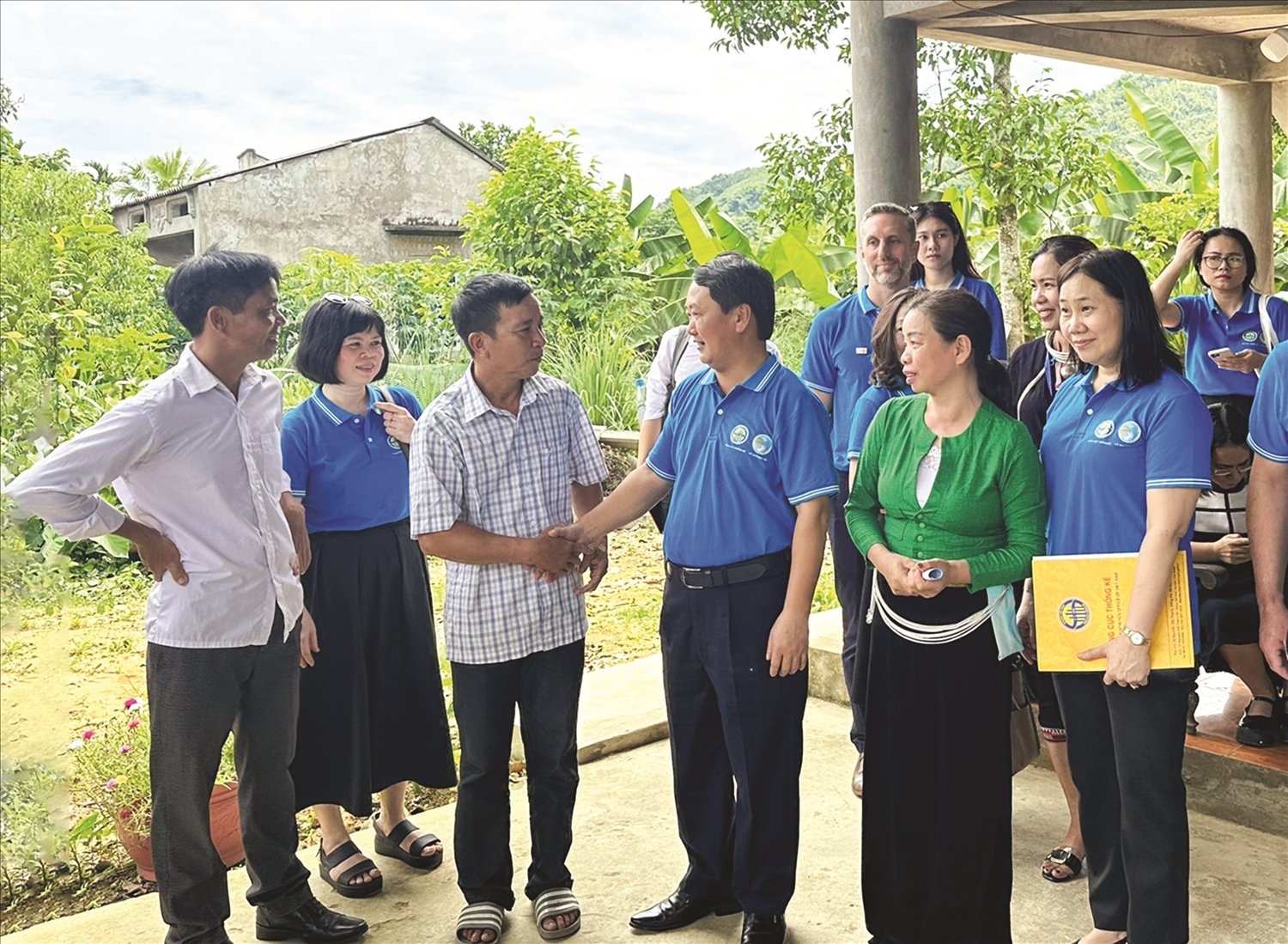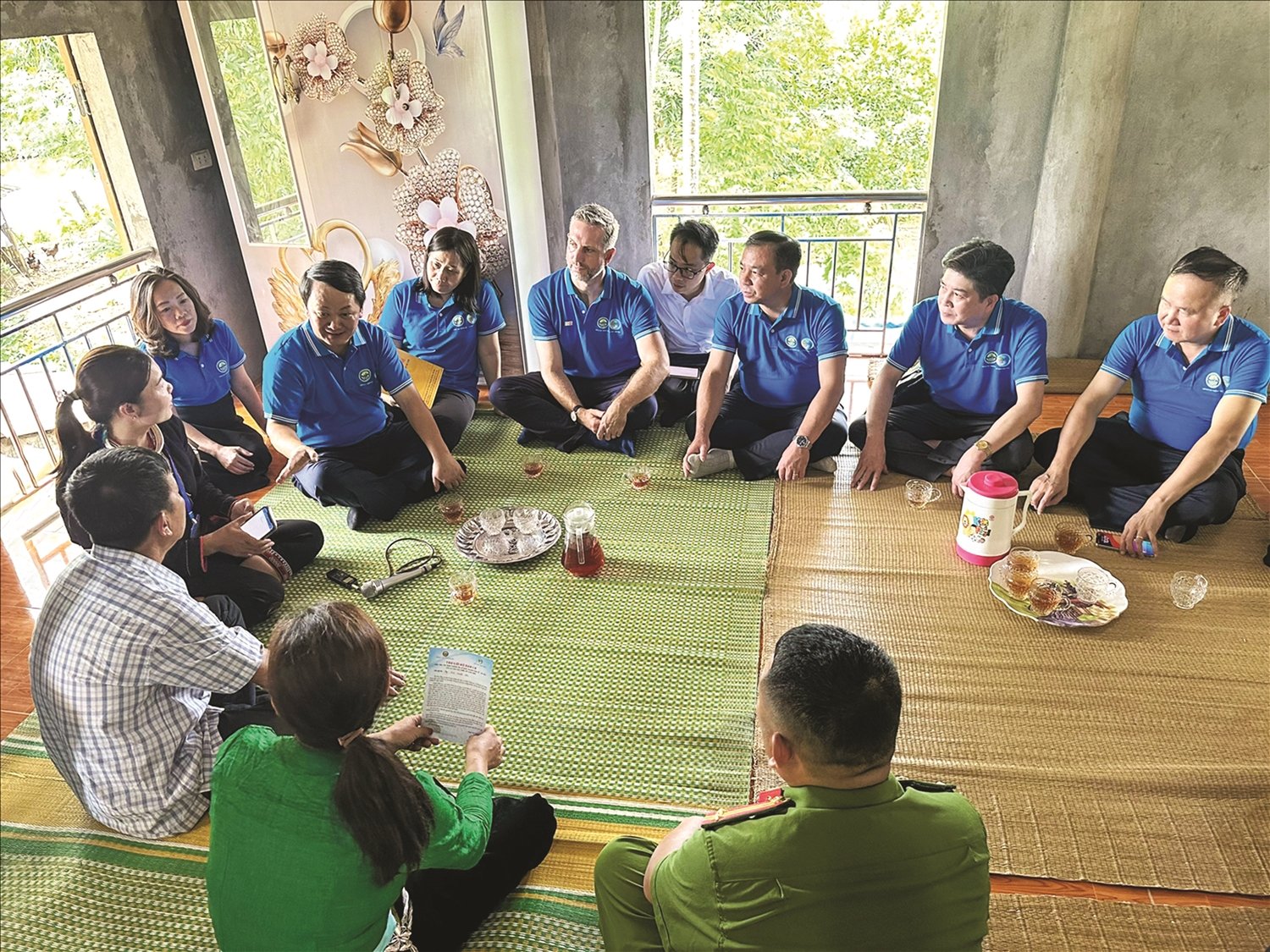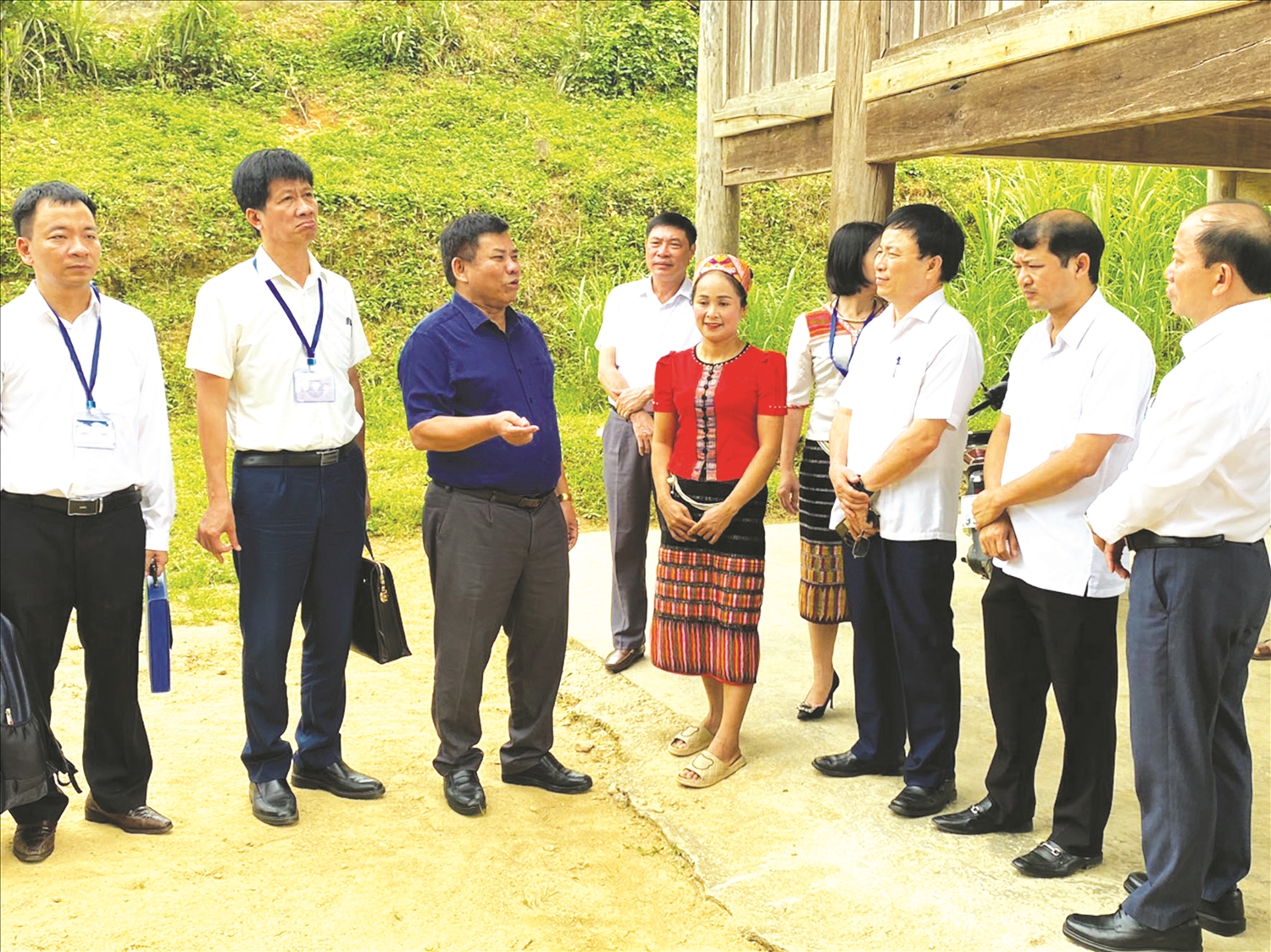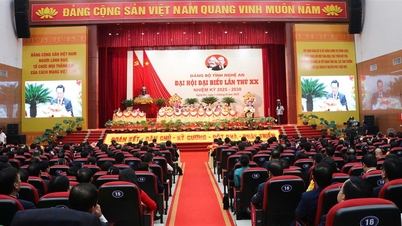
On January 5, 2015, the Prime Minister issued Decision No. 02/QD-TTg approving the Project on Investigation and Collection of Information on the Socio-Economic Situation of 53 Ethnic Minorities (Investigation of 53 Ethnic Minorities). Accordingly, the Investigation of 53 Ethnic Minorities is conducted every 5 years. The first investigation was conducted in 2015, the second in 2019.
Through the two previous surveys of 53 ethnic minorities, it has been shown that the purpose and significance of collecting information on the socio-economic situation of 53 ethnic minorities has been basically met. Let me cite some data on the socio-economic life of 53 ethnic minorities across the country, seen from the 2019 survey of 53 ethnic minorities.
At the time of the 2019 survey of 53 ethnic minorities, there were 5,468 communes in ethnic minority and mountainous areas nationwide, accounting for 49% of the total number of communes nationwide. Ethnic minority communes are mainly distributed in rural areas (87.3%), under the management of 503/713 districts, towns and provincial cities in 54/63 provinces and centrally run cities. The survey reflected changes in a number of indicators and data on the socio-economic situation, population and demographics, living conditions and culture of 53 ethnic minorities.

In 2019, 98.6% of villages in ethnic minority communes had access to electricity. Of which, the rate of villages using the national grid accounted for 97.2%, an increase of 4.2 percentage points compared to 2015. Nearly 90% of villages in ethnic minority areas had solid roads to the commune center, nearly 17 percentage points higher than in 2015. The rate of communes with health stations meeting national standards on commune-level health according to national standards by 2020 reached 83.5%, nearly 2 times higher than in 2015 (45.8%). The rate of poor and near-poor households in ethnic minority areas was 35.5%, down 1.2 percentage points compared to 2015; 3.5 times higher than the national average rate (10.2%).
As of April 1, 2019, the population of 53 ethnic minorities was 14.1 million people, accounting for 14.7% of the total population of the country. After 10 years, from 2009 to 2019, the population size of 53 ethnic minorities increased by nearly 1.9 million people. The average annual population growth rate in the period 2009 - 2019 of 53 ethnic minorities was 1.42%, higher than the average growth rate of the Kinh ethnic group (1.09%) and the average growth rate of the whole country (1.14%). The average age of first marriage of ethnic minorities is 22.7 years old, lower than the average of the entire population (25.2 years old) and an increase of 1.7 years compared to 2015 (21 years old)...
Obviously, the results of the previous 53 ethnic minority surveys (2015 and 2019) have provided a comprehensive picture, with full data and parameters of the 53 ethnic minorities as the basis and important premise for serving the State management activities on ethnic minority affairs. Another proof for this is that the activities of ethnic minority affairs in recent years have become more and more effective, more in-depth, and more closely aligned with grassroots practices. The Party and State's policies and guidelines on ethnic minority affairs have also become more accurate.

The results of the 2019 survey provided a set of important indicators as a basis for formulating ethnic policies with a strategic vision, notably the approval of the 14th National Assembly's Master Plan and National Target Program for socio-economic development in ethnic minority and mountainous areas for the 2021-2030 period.
In 2024, the third survey of 53 ethnic minorities, which will be implemented from July 1, will continue to inherit the results and lessons learned from the previous surveys to have complete and accurate information on 53 ethnic minorities. But it has a greater significance in accurately assessing the results of implementing ethnic policies until 2025, evaluating 5 years of implementing the Master Plan for Socio-Economic Development in Ethnic Minority and Mountainous Areas for the period 2021 - 2025, the Ethnic Minority Policy Strategy until 2030; the results of implementing the National Target Program for Socio-Economic Development in Ethnic Minority and Mountainous Areas for the period 2021 - 2030, Phase I: From 2021 to 2025; Results of implementing the National Target Program for Socio-Economic Development in Ethnic Minority and Mountainous Areas for the period 2021 - 2025, preparing to build the National Target Program for Socio-Economic Development in Ethnic Minority and Mountainous Areas for the period 2026 - 2030.
This survey of 53 ethnic minorities has changed the criteria for determining the survey area compared to previous surveys. Accordingly, the survey area is defined as an area where the number of ethnic minorities living accounts for 15% or more of the total population of the area, instead of 30% as in previous surveys. With this innovation, the total number of districts selected for the survey has increased from 437 districts in 2019 to 472 districts, many of which have their entire areas sampled for the survey. The total number of sampled survey areas increased from 14,660 in 2019 to 14,928 in 2024.
Dak Lak Provincial Ethnic Minorities Committee inspects the investigation and information collection on the socio-economic situation of 53 ethnic minorities



![[Photo] Students of Binh Minh Primary School enjoy the full moon festival, receiving the joys of childhood](https://vphoto.vietnam.vn/thumb/1200x675/vietnam/resource/IMAGE/2025/10/3/8cf8abef22fe4471be400a818912cb85)



![[Photo] Prime Minister Pham Minh Chinh chairs meeting to deploy overcoming consequences of storm No. 10](https://vphoto.vietnam.vn/thumb/1200x675/vietnam/resource/IMAGE/2025/10/3/544f420dcc844463898fcbef46247d16)



































































































Comment (0)